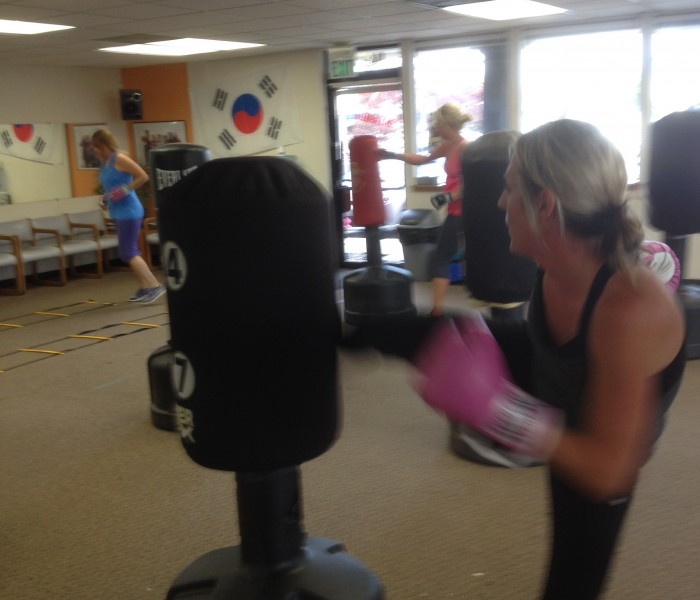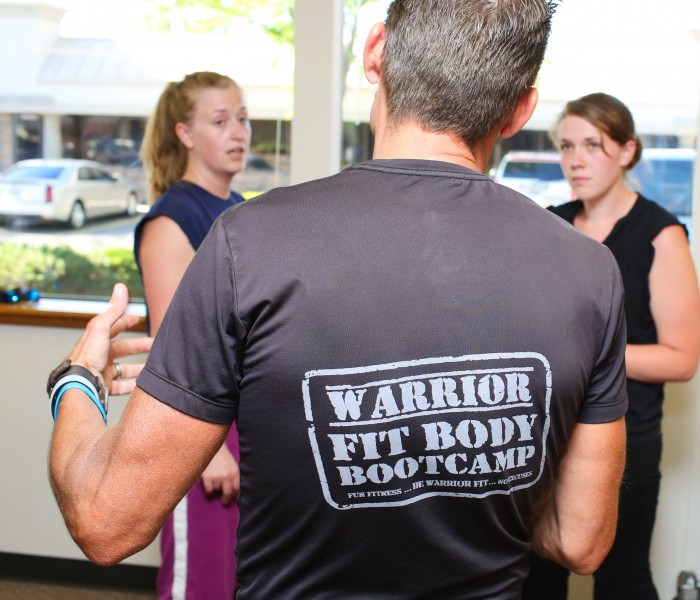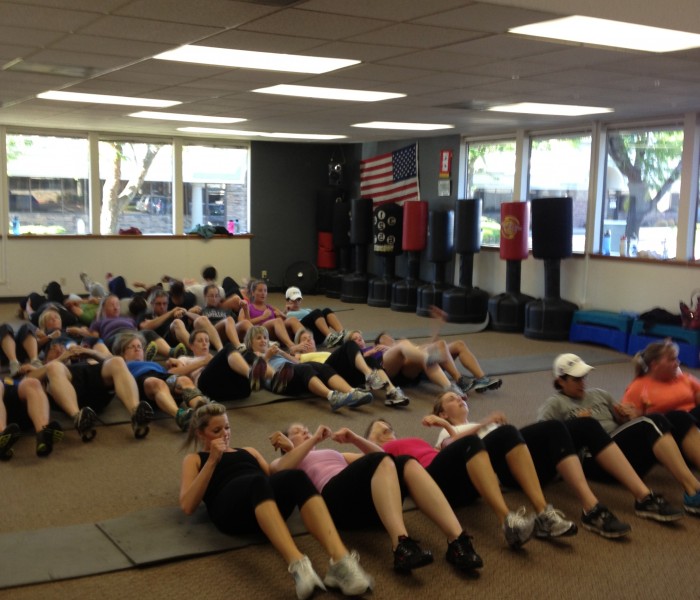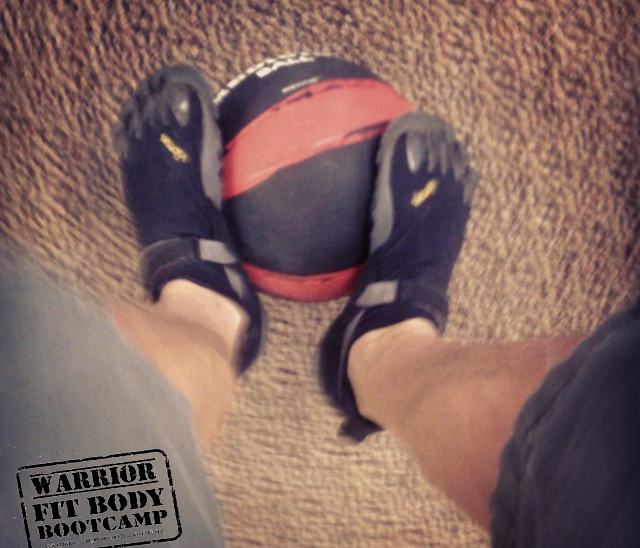http://www.thealternativedaily.com/
In a surprising shift toward natural wellness, walking barefoot—also known as “earthing” or “grounding”—is stepping into the spotlight. From wellness influencers to podiatrists, the barefoot movement is gaining traction as research and anecdotal reports suggest that ditching shoes, at least occasionally, may offer a wide range of health benefits. Reconnecting from the Ground Up Proponents […]








 For now classes are 6pm and 640pm at 2840 Wildwood st in the Boise Cloggers studio.
Book your class NOW!
click this ==>
For now classes are 6pm and 640pm at 2840 Wildwood st in the Boise Cloggers studio.
Book your class NOW!
click this ==>








